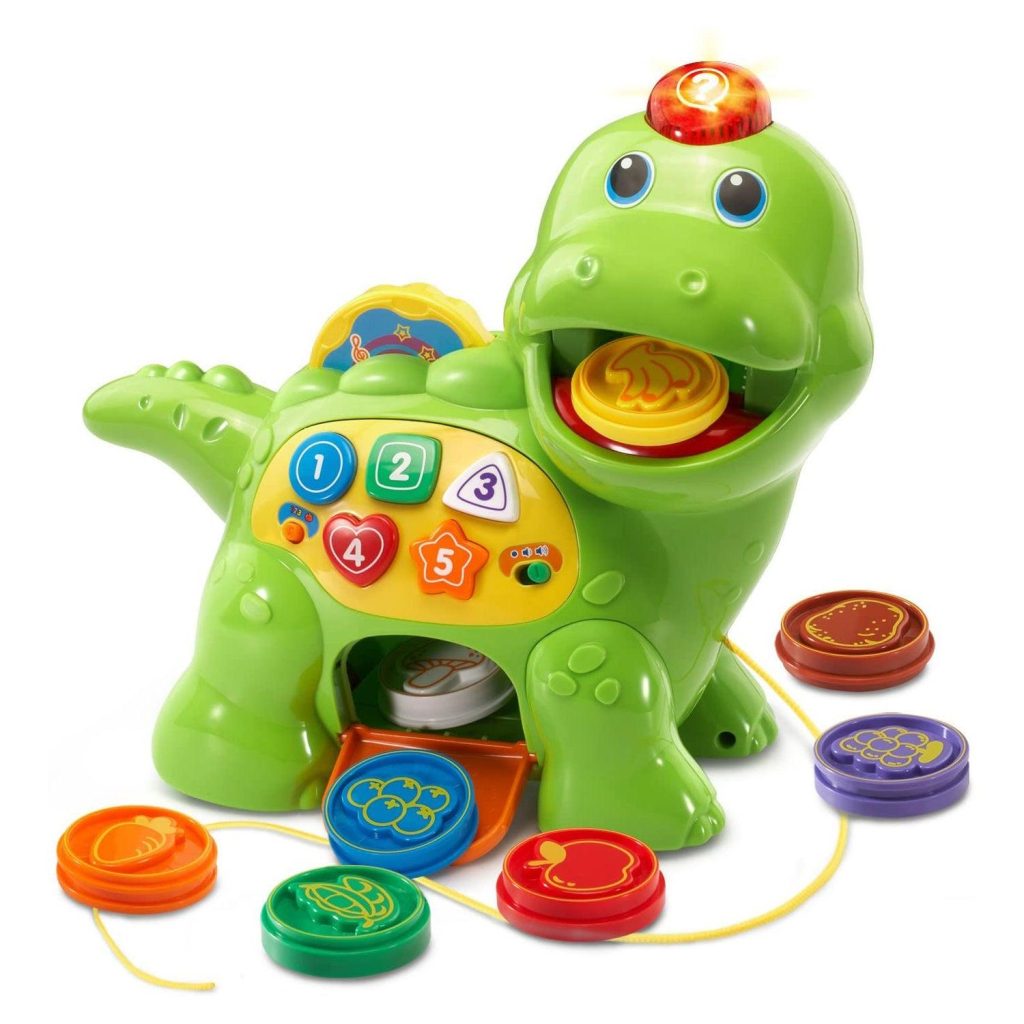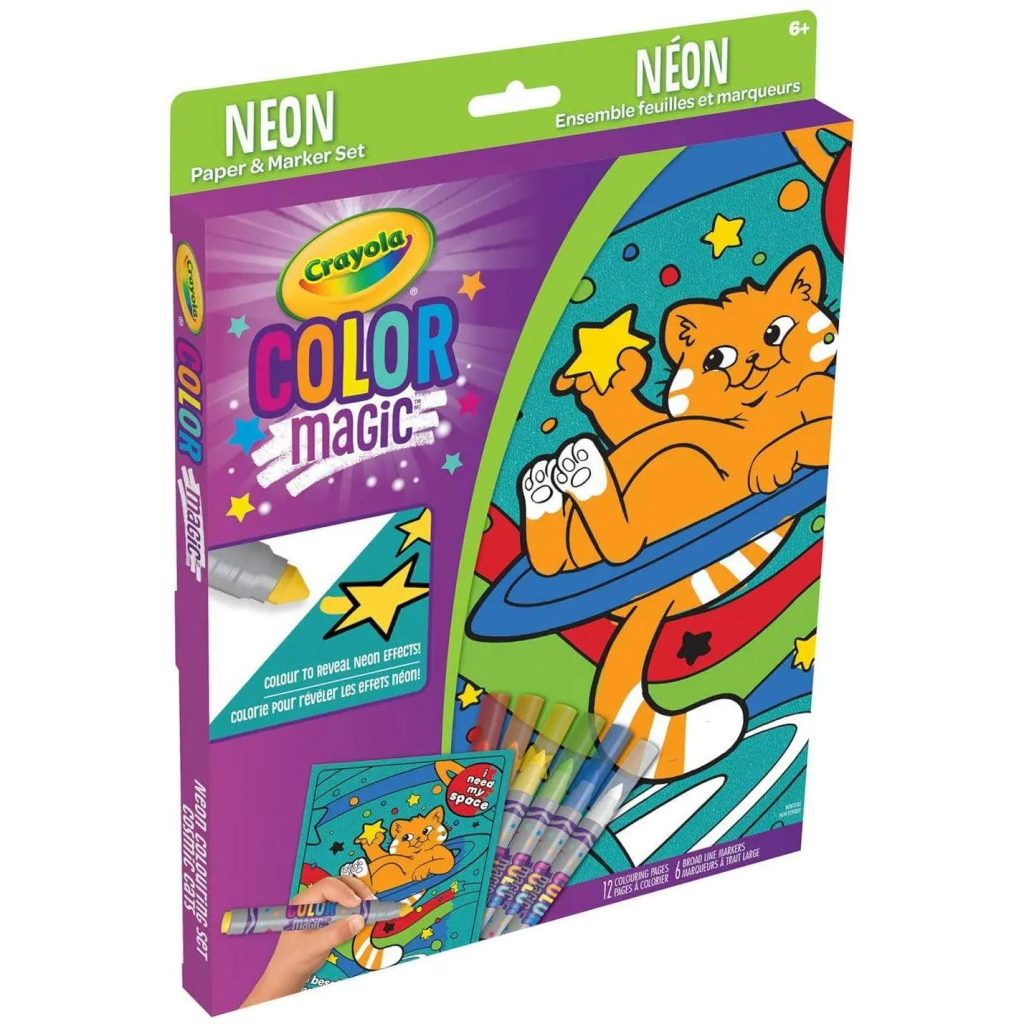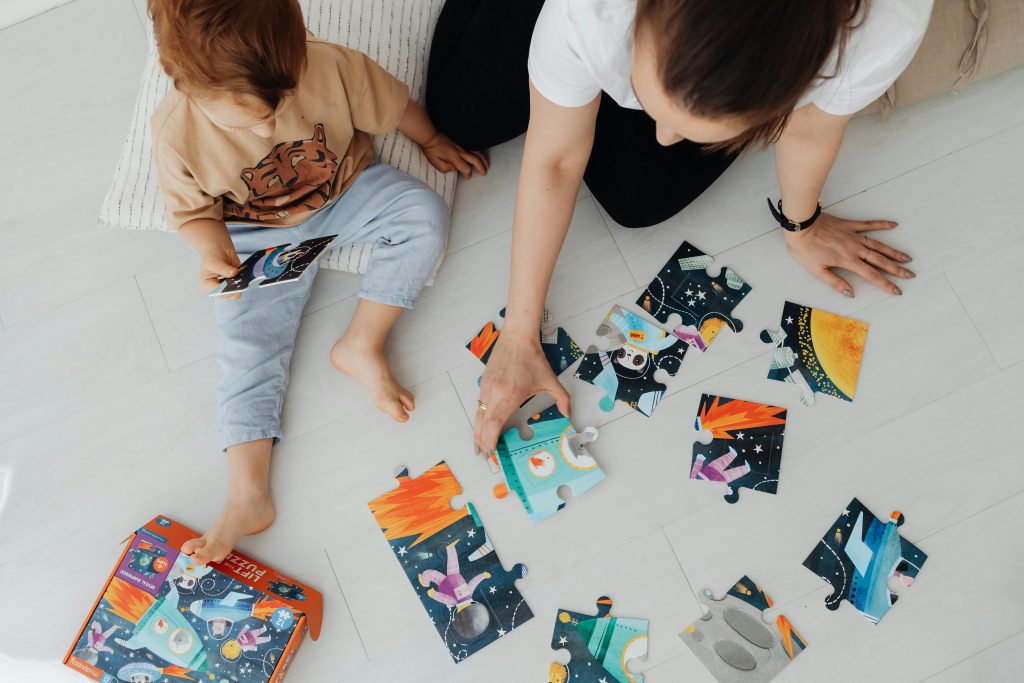Exploring the Magical World of Kids’ Toys: Igniting Imagination and Learning
Toys have always held a special place in the hearts of children, transcending their mere physical existence to become portals to enchanted realms of imagination and discovery. These seemingly ordinary objects possess the extraordinary power to shape a child’s world, influencing their development in profound ways. In this article, we embark on a captivating journey into the enchanting realm of kids’ toys, exploring their multifaceted significance in nurturing young minds. We’ll dive deep into the vital role they play in a child’s cognitive, emotional, and social growth, uncover the rich tapestry of diverse toy types that cater to every interest, and illuminate how these seemingly simple playthings are the catalysts for sparking the fires of creativity and learning in the hearts and minds of our little ones.
The world of kids’ toys is not just a treasure trove of fun and entertainment; it is a vibrant ecosystem where children learn, evolve, and develop essential life skills. From honing cognitive abilities and enhancing motor skills to cultivating social grace and fostering emotional intelligence, these delightful companions offer much more than meets the eye. In this article, we will journey through this magical world, shedding light on how toys serve as indispensable tools in nurturing the holistic growth of our children. Join us as we explore the vast tapestry of toys, each thread contributing to the intricate fabric of a child’s development, and discover how these playthings ignite the flames of curiosity, imagination, and lifelong learning.

The Importance of Toys in Child Development
Toys are not just a source of entertainment; they play a crucial role in a child’s physical, cognitive, and emotional development. Here’s how:
Cognitive Development: Toys stimulate a child’s cognitive abilities by encouraging problem-solving, critical thinking, and creativity. Puzzles, building blocks, and educational games enhance cognitive skills and foster a love for learning.
Motor Skills: Playing with toys like building blocks, art supplies, or sports equipment helps develop fine and gross motor skills. These skills are essential for tasks like writing, drawing, and participating in physical activities.
Social Skills: Many toys, such as board games, encourage social interaction, cooperation, and teamwork. These experiences help children develop important social skills like communication, empathy, and conflict resolution.
Emotional Development: Toys can be a source of comfort and emotional support for children. Soft toys, dolls, and action figures can provide a sense of security and companionship.
Imagination and Creativity: Open-ended toys like dolls, action figures, and building sets allow children to unleash their imagination and creativity. They can create stories, build worlds, and explore their own ideas.
Types of Kids’ Toys
The world of kids’ toys is incredibly diverse, catering to a wide range of interests and developmental stages. Here are some popular types of kids’ toys:
Building Toys: Building blocks, LEGO sets, and magnetic tiles allow children to construct and design structures, fostering creativity and spatial awareness.
Educational Toys: These toys are designed to teach children various concepts, such as letters, numbers, and science. Examples include alphabet puzzles, math games, and science kits.

Art and Craft Supplies: Crayons, markers, clay, and craft kits enable kids to express themselves creatively through art and craft projects.
Outdoor Toys: Bicycles, scooters, balls, and playground equipment encourage physical activity and outdoor exploration.
Role-Playing Toys: Dolls, action figures, play kitchens, and costumes facilitate imaginative role-play and storytelling.
Board Games: Board games like chess, Monopoly, and Scrabble offer opportunities for family bonding and strategic thinking.
Plush Toys: Soft and cuddly stuffed animals provide comfort and companionship, often becoming beloved childhood companions.
Toys That Encourage Learning
While all toys have educational potential, some are explicitly designed to promote learning. Here are a few examples:
STEM Toys: Science, Technology, Engineering, and Mathematics (STEM) toys introduce children to these disciplines in a fun and interactive way. They may include robotics kits, microscopes, and coding games.
Language Development Toys: Toys like alphabet puzzles, word games, and storytelling kits can enhance a child’s language skills and vocabulary.
Problem-Solving Toys: Puzzles, logic games, and brain-teasers challenge children to think critically and solve problems independently.

In the enchanting world of children’s toys, there exists a profound synergy between play and growth, where the seemingly simple act of play becomes a bridge to a child’s development and self-discovery. As we conclude our exploration of this captivating realm, it becomes abundantly clear that toys are not just inanimate objects but rather the architects of childhood experiences, forging the very foundations upon which young minds are shaped.
The significance of toys in a child’s life extends far beyond mere amusement. It is through these playthings that children learn to navigate the complex terrain of their evolving world. The importance of carefully selecting toys that align with a child’s developmental stage and interests cannot be overstated. By doing so, parents and caregivers can actively participate in their child’s growth journey, nurturing creativity, stimulating learning, and encouraging social interaction.
The beauty of children’s toys lies in their ability to inspire imagination. Whether a child is constructing towering citadels with building blocks, embarking on daring escapades with action figures, or delving into the mysteries of science with STEM kits, toys serve as vessels through which young minds voyage into uncharted territories of creativity and knowledge. They are the canvases upon which children paint their dreams, the conduits through which they express their desires, and the tools with which they discover their own capabilities.
Furthermore, the world of kids’ toys is a testament to the diversity of interests and developmental needs that each child possesses. From the budding scientist who finds joy in exploring the mysteries of the universe to the young artist who revels in the freedom of self-expression through colors and shapes, there is a toy tailored to ignite the spark of curiosity in every child. By embracing this diversity and recognizing the unique potential that each toy holds, we unlock the doors to a wealth of learning opportunities for our children.
In closing, kids’ toys are more than playthings; they are the guardians of the gateway to a world where growth and exploration coalesce. Through the thoughtful selection of toys that encourage creativity, instill a love for learning, and promote social interaction, we equip our children with the tools they need to thrive in both their formative years and the years to come. So, as we witness the joy in a child’s eyes as they engage with their favorite toys, let us remember that we are not just witnessing play but actively participating in the sculpting of futures brimming with imagination and knowledge.
